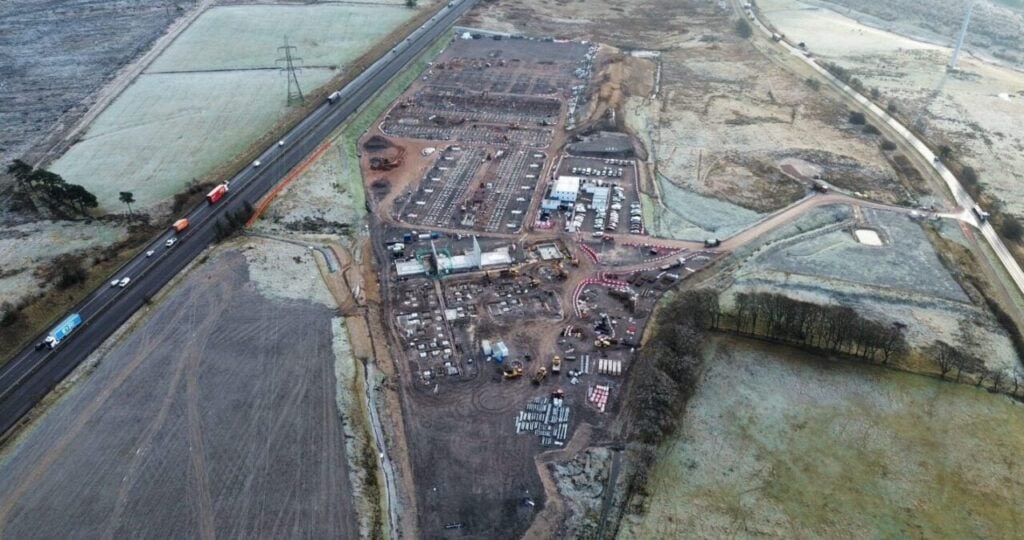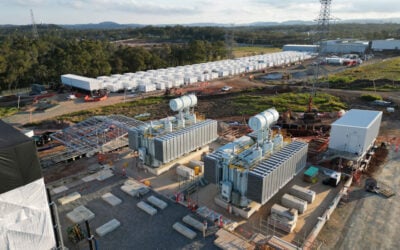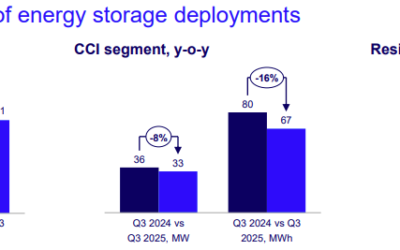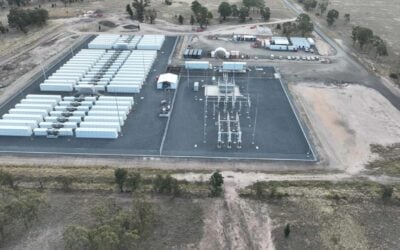
Copenhagen Infrastructure Partners (CIP) has issued the notice to proceed for its Summerfield large-scale battery storage project in South Australia.
The Danish institutional investor said this morning that the instruction was given through its Copenhagen Infrastructure V (CI V) fund, and construction is set to begin on the asset.
Summerfield, sited in South Australia’s Murrayfields region, and close to existing transmission infrastructure in the Australian state, will have 240MW output at 4-hour duration (960MWh).
This represents a doubling of the project’s planned duration from November 2023, when it was announced as CIP’s first battery energy storage system (BESS) project in Australia, at 240MW/480MWh.
Try Premium for just $1
- Full premium access for the first month at only $1
- Converts to an annual rate after 30 days unless cancelled
- Cancel anytime during the trial period
Premium Benefits
- Expert industry analysis and interviews
- Digital access to PV Tech Power journal
- Exclusive event discounts
Or get the full Premium subscription right away
Or continue reading this article for free
CIP develops, owns, operates and invests in greenfield renewable energy, energy storage and other sustainable infrastructure projects on behalf of pension funds.
In the BESS space, these include projects in the UK, where it has just reached final investment decision (FID) to take forward a 1.5GW/3GWh portfolio in Scotland, Latin America, and the US.
CIP has signed a 10-year offtake agreement for Summerfield with ASX-listed Australian utility company Origin Energy and FID on the project was taken in September last year.
The system will charge with surplus renewable energy during off-peak times and inject power into the grid when demand peaks, supporting the electricity networks in South Australia and neighbouring Victoria. CIP also said the project will support South Australia’s policy goal of achieving 100% net renewable energy by 2027, the year Summerfield will go into commercial operation.
“We are pleased to start construction on CIP’s first large-scale energy storage project in Australia, which will be one of the largest in South Australia. CIP has a strong track record of developing, owning and operating renewable projects globally, and CIP is delighted to bring this expertise to Australia,” CIP head of Australia Jørn Hammer said.
Last month, Hammer’s colleagues in Europe, commercial director Malcolm Paterson and VP government affairs and communications Rhys Jones, spoke about CIP’s 3GWh portfolio in Scotland (Premium access). Paterson and Jones said the trio of 500MW/1,000MWh assets in Scotland are, like Summerfield, in strategic locations that enable access to the grid. The portfolio is aimed at reducing curtailment of wind energy produced in the region.
Shift towards longer-duration BESS in Australia’s NEM
In its late 2023 announcement of the project, CIP said it had selected e-Storage, the energy storage system arm of vertically integrated solar PV company Canadian Solar as the preferred BESS supplier for Summerfield.
At the time, the developer-investor also added that it was open to increasing the planned capacity and duration of the asset should market forces enable it to.
Recent data from BESS market intelligence provider Modo Energy showed that the average duration of large-scale assets in Australia’s development pipeline is increasing and set to shift from 1.5-hour duration on average today to 2.5-hour by 2027.
Modo Energy also said that 95% of the BESS pipeline to the end of 2027 comprises assets planned to be 2-hour duration or longer, including 4-hour and 8-hour projects. Modo predicted that from around 2GW installed today and connected to the NEM, there will be around 16.8GW by that time.
Meanwhile, market research firm Wood Mackenzie has forecast that 4-hour duration systems in the NEM will earn internal rates of return (IRR) between 13% and 15% from 2026 onwards, with a typical project expected to make about AU$263,000/MW over its lifetime.
Wood Mackenzie analysts said this shift is driven partly by the falling Capex of longer-duration battery systems, combined with a market shift in the National Electricity Market (NEM) towards energy shifting and arbitrage trading opportunities.
Elias Saba, CTO of Australia-headquartered developer Eku Energy, spoke about the economics of the market driving assets towards longer durations in an interview for ESN Premium, published earlier this week.





